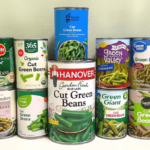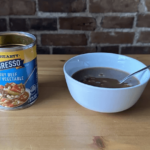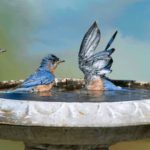Now Reading: These Beautiful Flowering Plants Will Wreak Havoc On Your Yard And Garden
-
01
These Beautiful Flowering Plants Will Wreak Havoc On Your Yard And Garden
These Beautiful Flowering Plants Will Wreak Havoc On Your Yard And Garden
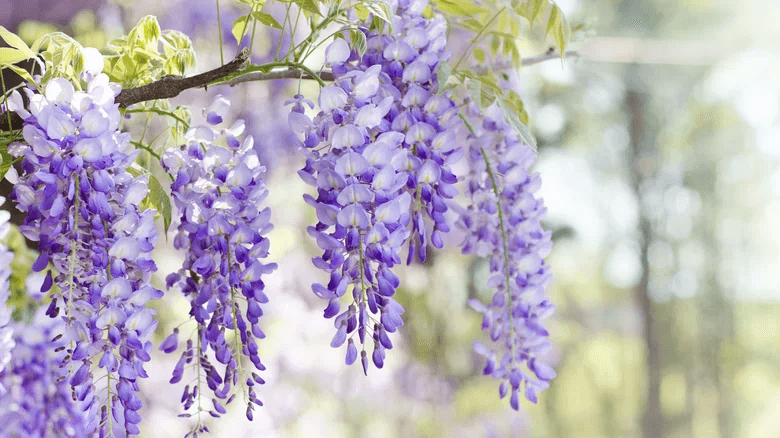
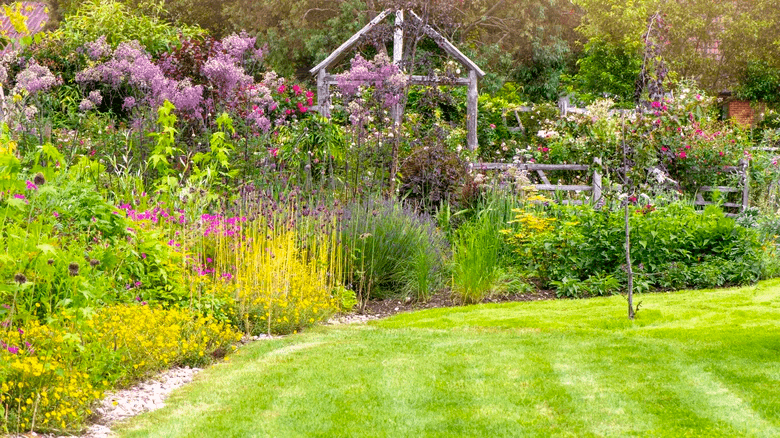
As you look at beautiful flowering plants buzzing with pollinators, it can be hard to imagine that some of them could be causing more harm than good to the ecosystem. Fast spreaders can choke out neighboring plants in your garden or make it difficult for them to get the nutrients they need. Additionally, many non-natives can quickly escape cultivation, causing them to outcompete and displace native ecosystems. Because of the aggressive spreading nature of many of the below plants, they can be hard to control if you don’t act quickly.
If you spot an invasive species in your garden, you’ll want to stop it in its tracks before it becomes problematic. The best way to tackle the plant depends on the species. Manual removal will be most effective for some varieties, while others may require a strong herbicide treatment. Alternatively, some of these non-native invasive plants sit in the aisles of gardening centers or nurseries, so it’s important to avoid them and choose a native instead. Thankfully, there is a better alternative to nearly all the plants on this list, so you can choose a species that benefits your yard or garden rather than putting it at risk.
Japanese honeysuckle
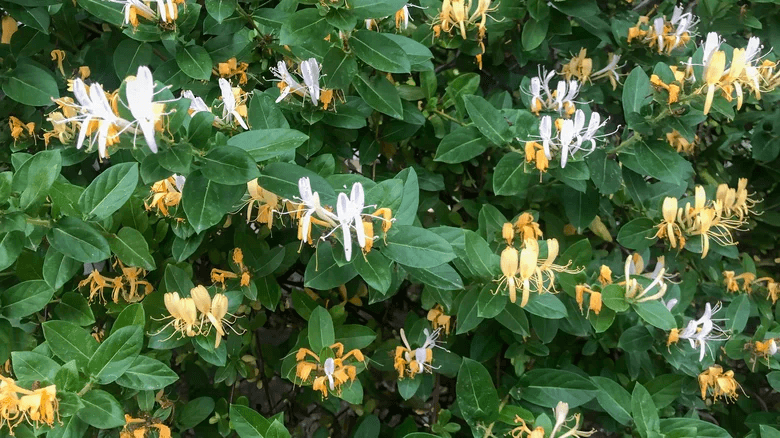
Honeysuckle plants (Lonicera spp.) are typically regarded as nectar-rich flowers that attract hummingbirds and other pollinators. However, not all species are created equal. Japanese honeysuckle (Lonicera japonica) may look like another pretty yellow flowering plant, but it’s a non-native, aggressively growing woody vine that can smother native plants with its dense mats that block sunlight. Pair that with its rapid growth and ability to root at multiple nodes along the vine, and you have a recipe for disaster. If you spot this invasive species growing in your garden, apply an herbicide in the fall when Japanese honeysuckle is dormant but before temperatures drop to freezing overnight. Because of its dense mat, retreatment may be necessary to eradicate the entire plant.
If you want to add honeysuckle to your garden, thankfully, there are several native species to choose from. Yellow honeysuckle (Lonicera flava) may look similar, but it doesn’t have the same destructive growth habit. Like other woody vines, it looks stunning growing up a trellis or even as a groundcover in certain areas. This wildlife magnet is hardy in zones 5 through 8 and easily grows in fertile, well-draining soils. While it tolerates partial sun, you’ll get the best blooms if it receives full sun.
Burning bush
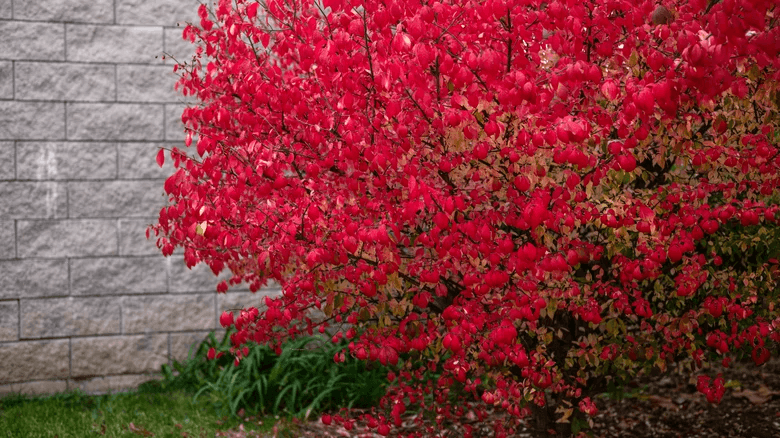
From tiny flowers in the spring to picturesque bright red leaves and berries in the fall, the ornamental value of burning bush (Euonymus alatus) comes at a cost. This non-native spreads rapidly in favorable conditions, with birds dropping the seeds in nearby native habitats. Once established, this aggressive grower forms dense thickets and outcompetes native plants for their nutrients. Some regions in the United States even consider it a noxious weed, and many others strongly recommend considering a native alternative instead. If a burning bush pops up in your yard, remove it entirely by digging out the roots. Alternatively, cut the tree as low to the ground as possible and treat it with a high concentrate glyphosate-based herbicide.
It’s hard to beat the view of vibrant red autumn leaves, so consider a native alternative like red chokeberry (Aronia arbutifolia), which offers a similar beauty and more benefits. Not only do the chokeberries add a fall flair to your backyard, but several songbirds love snacking on them. Hardy in zones 4 through 9, red chokeberry is an incredibly low-maintenance plant that you don’t need to worry about pruning, aside from occasional trimming of dead branches. This hardy plant is tolerant of several soil types and tolerates partial shade, but it produces the best fruit in full sun.
Butterfly bush
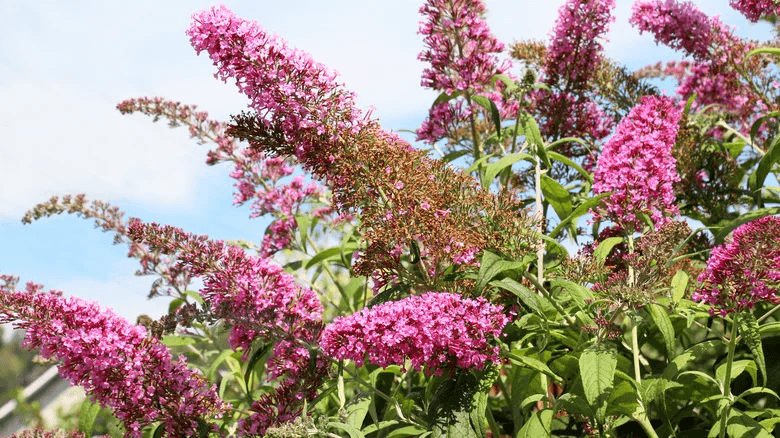
With its stunning flower clusters that seem to be magnets to pollinators, it may be surprising to find out that butterfly bush (Buddleja davidii) isn’t the best choice for your garden. Not only is this shrub invasive, but it isn’t as helpful as you may think. Despite the common name, the butterfly bush comes from parts of China and Japan — so it isn’t a host plant for any North American butterflies. With each panicle containing as many as 40,000 seeds, this non-native shrub spreads rapidly and can outcompete native flowering plants, meaning less vital food for caterpillars. So, if you see a butterfly bush in your garden, cut the trunk at the base and apply a concentrated glyphosate herbicide.
Although the pretty pollinators may stop by for a drink, it’s better to choose a plant that’s not only nectar-rich, but also provides food for butterflies in their larval stage. If you’re drawn to the large, colorful flower clusters, blue blossom (Ceanothus thyrsiflorus) may be the perfect shrub for your garden. Native to the western coast of the United States, this vibrant shrub provides nectar for bees, butterflies, and hummingbirds. Plus, it’s a larval host for certain native moth and butterfly species. Blue blossoms do best when grown in an area with full sun and average well-drained soil. You can grow this low-maintenance plant in zones 7 through 11.
Japanese rose
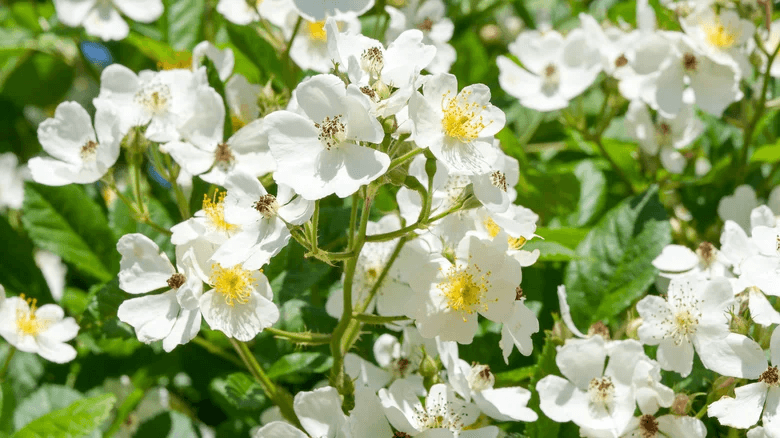
Sometimes referred to as multiflora rose, the Japanese rose (Rosa multiflora) is an eastern Asia native that can be problematic when grown in North America. Once grown for ornamental value and erosion control, this invasive shrub has escaped cultivation with its rapid seed dispersal. Each plant can produce a whopping 500,000 seeds, so it can quickly get out of control. Manually remove smaller plants when you notice them, but watch out for the thorns. If hand-pulling doesn’t work, cut it to an inch-tall stump and apply a glyphosate herbicide in late summer to early fall.
To get the same exotic look without the invasive downsides, you can’t go wrong with a garden favorite, the hardy hibiscus (Hibiscus moscheutos). Its showy blooms, reaching up to 8 inches across, attract butterflies and other beneficial insects to your garden. This beautiful native is hardy in zones 5 through 9, so it’s suitable for growing in most regions. While it can tolerate partial shade, give it at least six hours of direct sunlight for the best blooms. It likes slightly acidic to slightly alkaline well-drained soil and needs regular watering during the growing season.
Chinese wisteria

Chinese wisteria (Wisteria sinensis) is undoubtedly beautiful, but it poses an ecological threat in several ways. Invasive in at least 19 states, Chinese wisteria can quickly dominate your yard. Not only does it spread rapidly, but its tough, woody vines can tightly wrap around other shrubs and trees, damaging or even killing them. This aggressive grower can also grow dense thickets that make it challenging for native plants to get the oxygen and sunlight required to grow. Removing Chinese wisteria can be tricky, as a tiny root fragment can cause it to resurface. Use a pruning saw to cut it into more manageable pieces, then dispose of the stems and any suckers you see. Attempt to dig out the entire root system, but if you can’t, use a disposable paintbrush to apply herbicide to the fresh cuts.
American wisteria (Wisteria frutescens) is the perfect alternative to its weedy cousin. This showy purple flowering vine produces clusters of fragrant lilac-colored blooms that butterflies can’t get enough of. Although it’s native to the eastern United States, you can grow this plant in hardiness zones 5 through 9. American wisteria is a full sun lover that thrives in fertile, well-drained, and slightly acidic soil.

